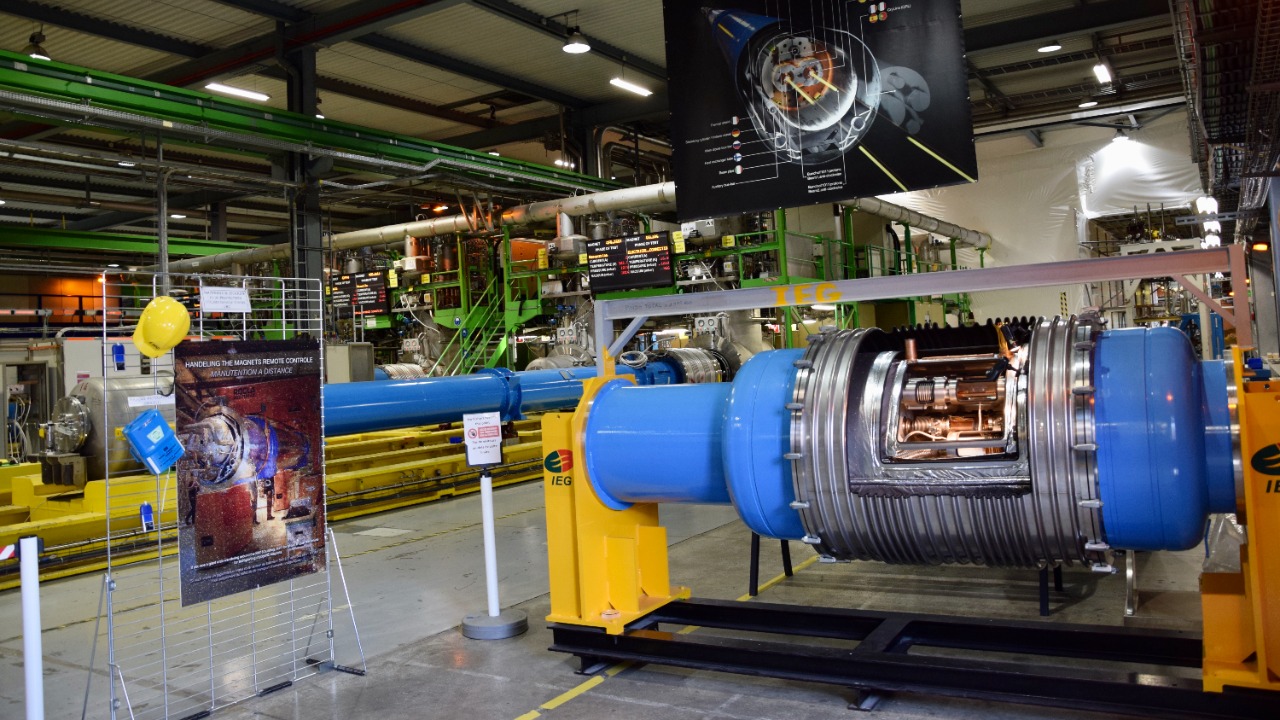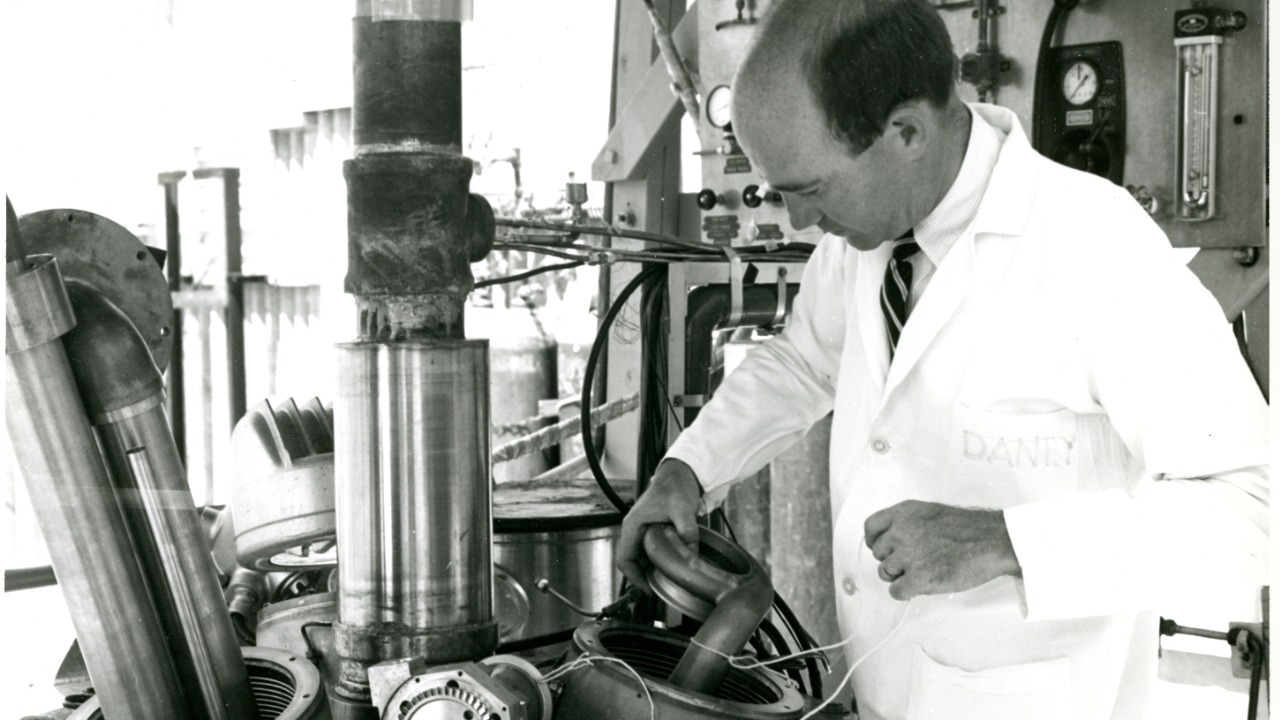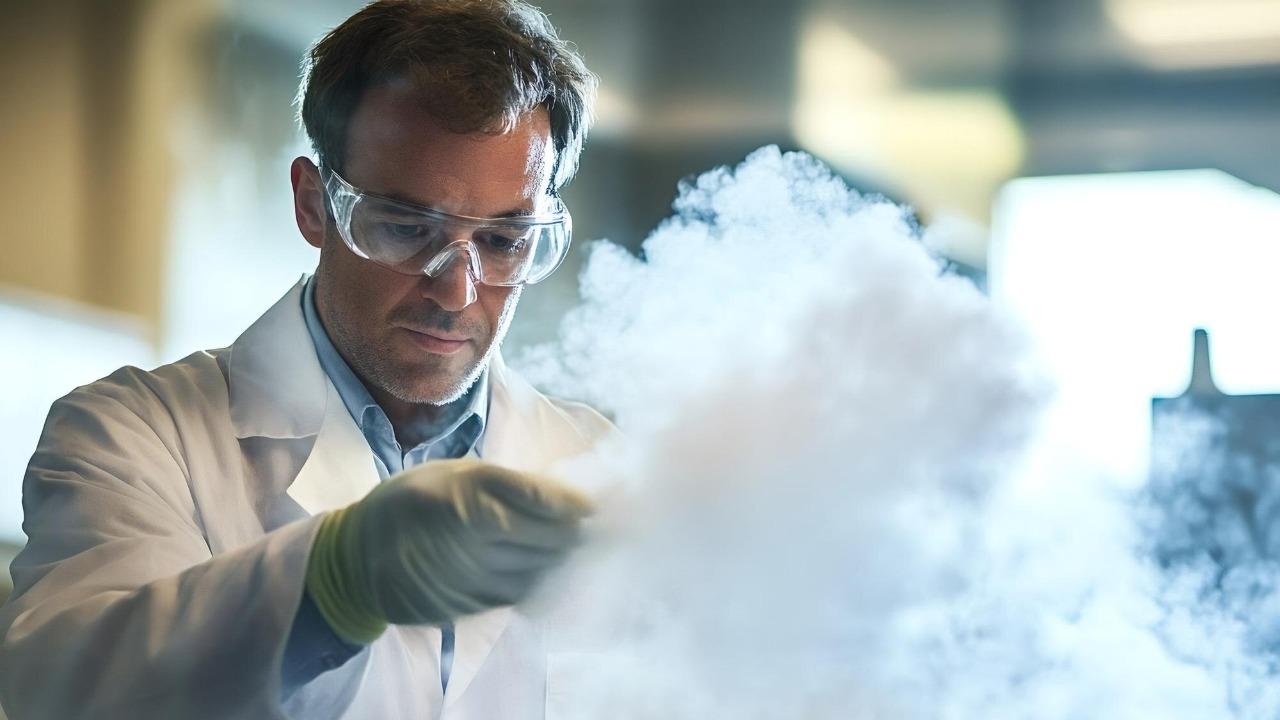
Cryogenics, the science of extremely low temperatures, has captivated both the scientific community and the general public. Its application to human freezing, known as cryonics, brings hope for future revival. Despite its depiction in popular media as a plausible path to immortality, the reality of cryogenics is riddled with scientific and ethical challenges. Here, we delve into the current state of cryogenics, its feasibility, and the controversies surrounding the concept of human freezing.
The Science Behind Cryogenics

Definition and Principles
At its core, cryogenics involves the production and maintenance of extremely low temperatures, typically below -150 degrees Celsius. This field of science is distinct from cryonics, which specifically aims to preserve human bodies for potential future revival. While cryogenics is fundamentally about temperature control and preservation, cryonics extends into speculative territory, drawing on the promise of future technological advancements that could potentially reverse death.
Achieving such low temperatures requires sophisticated technology to control the cooling processes, ensuring that the structures of the materials being cooled are not disrupted. The science of cryogenics has made significant strides over the years, allowing for precise applications in various fields. However, the leap from preserving non-living materials to preserving human life remains a formidable challenge.
Current Applications
Cryogenics has found numerous practical applications in fields such as medicine and technology. In medicine, for example, cryogenic temperatures are used to preserve biological samples, such as blood and tissues, and in procedures like cryosurgery, where extreme cold is used to destroy abnormal tissues. In technology, cryogenics plays a crucial role in the operation of superconductors, which are essential for advancements in areas like magnetic resonance imaging (MRI) and quantum computing.
These applications differ fundamentally from cryonics, which involves the preservation of entire human bodies or brains with the hope of future revival. While cryogenics is grounded in current technology and scientific understanding, cryonics ventures into the realm of speculative science, facing numerous technical and ethical hurdles.
The Process of Cryonics

Cryopreservation Techniques
Cryonics involves attempting to preserve human bodies or brains at low temperatures, usually shortly after death, to prevent decay until a time when future technologies may allow for revival. The process typically involves replacing the body’s blood with a cryoprotectant solution to prevent ice formation, which can cause cellular damage. Despite these measures, current cryopreservation techniques face significant limitations, including the risk of ice crystal formation and the potential for cellular damage during the cooling process.
The challenges of preserving complex human tissues without causing irreversible damage remain a significant obstacle. While some progress has been made in understanding how to better preserve cells and tissues at low temperatures, the leap to preserving entire human bodies or brains remains a formidable challenge. The science of cryonics is still in its infancy, with many questions yet to be answered.
Revival Prospects
The prospect of reviving a cryopreserved human poses enormous scientific hurdles. One of the primary challenges is reversing the damage caused by the freezing process itself. Current technologies do not allow for the repair of cellular damage or the reanimation of complex biological systems like the human brain. Theoretical requirements for successful revival include advanced techniques for cellular repair and rejuvenation that do not yet exist.
Moreover, the concept of revival hinges on the assumption that future technologies will be able to address the myriad challenges associated with reanimating a preserved body. As of now, the scientific community remains skeptical about the feasibility of such advancements. As noted in a Live Science article, the lack of current knowledge and technology makes cryonics a non-starter in our quest for immortality.
Ethical and Legal Considerations

Moral Implications
Ethical debates surrounding cryonics often center on issues of consent and the definition of death. The practice of preserving bodies shortly after legal death raises questions about whether individuals can truly consent to a procedure that involves speculative future technologies. Furthermore, the definition of death becomes blurred when considering the potential for future revival, challenging current medical and ethical standards.
Additionally, cryonics could have profound societal impacts if it were to become feasible. The implications of extending human life beyond natural death raise questions about resource allocation, population control, and societal equity. The debate extends beyond individual choice, touching on broader issues of what it means to be human and the ethical boundaries of scientific advancement.
Regulatory Landscape
The legal status of cryonics varies across the globe, with some countries having established regulations while others lack any formal oversight. In many regions, cryonics operates in a legal gray area, often classified as an experimental procedure rather than a medical treatment. This lack of regulation can have significant implications for individuals considering cryonics, as highlighted in an article from The Australian.
The absence of clear regulatory frameworks raises concerns about the ethical standards and accountability of cryonics practitioners. As the field evolves, the need for comprehensive regulations becomes increasingly apparent, ensuring that individuals are adequately informed and protected in their decisions.
Public Perception and Media Influence

Media Portrayal
Cryonics has often been portrayed in movies, books, and media as a plausible path to immortality, shaping public perception of its feasibility. Films like “Vanilla Sky” and “Austin Powers” have depicted cryonics as a technological marvel, blurring the lines between science fiction and scientific reality. This portrayal can create unrealistic expectations and misconceptions about the current state of cryonics.
The gap between fiction and reality is significant, as the scientific challenges and ethical dilemmas surrounding cryonics are often overlooked in favor of sensational storytelling. The media’s influence on public perception highlights the need for accurate and balanced reporting on the topic, ensuring that individuals have a clear understanding of the challenges and limitations of cryonics.
Public Opinion
Surveys and studies on public opinion regarding cryonics reveal a range of views, often influenced by cultural attitudes towards death and immortality. While some individuals are intrigued by the prospect of extended life, others remain skeptical or view cryonics as a misguided pursuit. As noted in a study published in ScienceDirect, cultural factors play a significant role in shaping individual attitudes towards cryonics.
The debate over cryonics reflects broader societal questions about the nature of life and death, as well as the ethical boundaries of scientific innovation. As the field continues to evolve, public opinion will likely play a crucial role in shaping its future development and acceptance.
The Future of Cryogenics and Cryonics

Scientific Advancements
Potential future breakthroughs in cryogenics could have significant implications for the field, enhancing our understanding of low-temperature preservation and its applications. Ongoing research into improving cryopreservation techniques, such as vitrification and nanotechnology, holds promise for advancing the feasibility of cryonics. However, these advancements are still in the early stages, and their impact on the field remains speculative.
As researchers continue to explore the possibilities of cryogenics, the potential for new discoveries and technological innovations may pave the way for more effective preservation methods. The pursuit of these advancements underscores the importance of scientific integrity and ethical considerations in guiding the future of cryonics.
Realistic Expectations
Setting realistic expectations for what cryogenics can achieve is essential in navigating the complex landscape of human freezing. While the allure of immortality is compelling, the current scientific and ethical challenges surrounding cryonics cannot be overlooked. As noted in a study published on PMC, the pursuit of cryonics requires a careful balance between scientific exploration and ethical responsibility.
The timeline for potential advancements in cryogenics remains uncertain, with many hurdles yet to be overcome. Continued dialogue and ethical discourse are crucial in ensuring that the pursuit of cryonics aligns with societal values and scientific principles. As the field evolves, maintaining a clear understanding of its limitations and potential will be key in shaping its future trajectory.